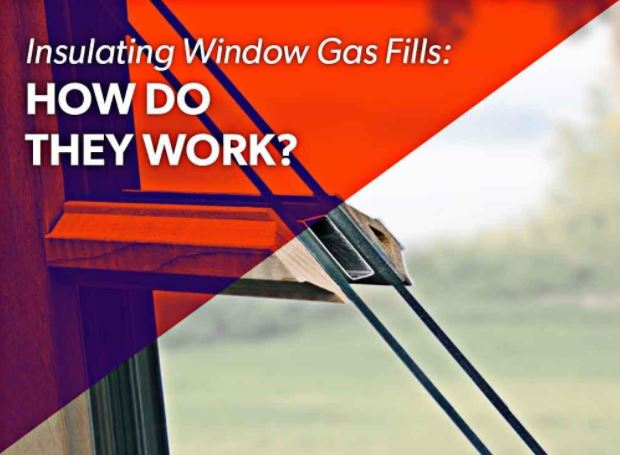MENU


If you’ve been looking for options for your upcoming windows installation project, you may already have come across insulating gas fills. But what are they exactly, and what can they do for your windows? Renewal by Andersen® of Atlanta explains in this post.
How Energy-Efficient Windows Work
Energy efficiency in fenestration units – that is, windows, doors, or skylights – is accomplished by minimizing thermal transfer. Since heat transfers to areas with lower temperatures, thermal transfer can be detrimental to your home in two ways: your home can either lose heat during winter or gain heat during summer. Your indoor heating and cooling systems will then consume more energy to compensate, which leads to higher energy bills.
Since glass – a naturally conductive material – makes up most of a window, traditional single-panel window glass is a virtual freeway for thermal transfer. That’s why today’s energy-efficient windows, including our own, are outfitted with dual-panel glass. The airspace created by the two glass panels reduces contact between both sides and dramatically reduces thermal transfer. Energy costs are on the rise, and the Department of Energy reports that indoor heating takes up as much as 42% of the average American home’s energy bill. With that in mind, replacing your current windows with more energy-efficient double hung windows would result in significant savings.
How Gas Fills Work
No window has been made yet that completely prevents heat loss. Even the most energy-efficient dual-panel glass facilitates thermal transfer, albeit to a much lesser degree, and is generally adequate for use in normal weather.
This is where gas fills come in. Non-toxic inert gases like argon and krypton are roughly 67% less conductive than normal air, and are colorless and odorless as well. When used to fill the airspace between window glass panels, gas fills act the same way fiberglass insulation does on exterior walls. It further reduces thermal transfer without clouding or otherwise obscuring the window glass. Renewal by Andersen replacement windows are fitted with High-Performance™ Low-E4® glass that can be optionally filled with a custom argon gas blend for enhanced energy efficiency. Think of gas fills as enhancements; dual-panel windows are great by themselves but gas fills make them even better.
Renewal by Andersen of Atlanta is your leading source for casement windows and other window styles. If you would like to know more about the benefits of gas fills, call us today at (866) 609-5033 or fill out our contact form to schedule a free estimate. We serve Atlanta and nearby areas.